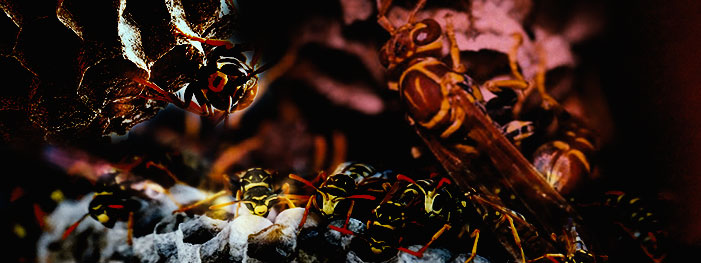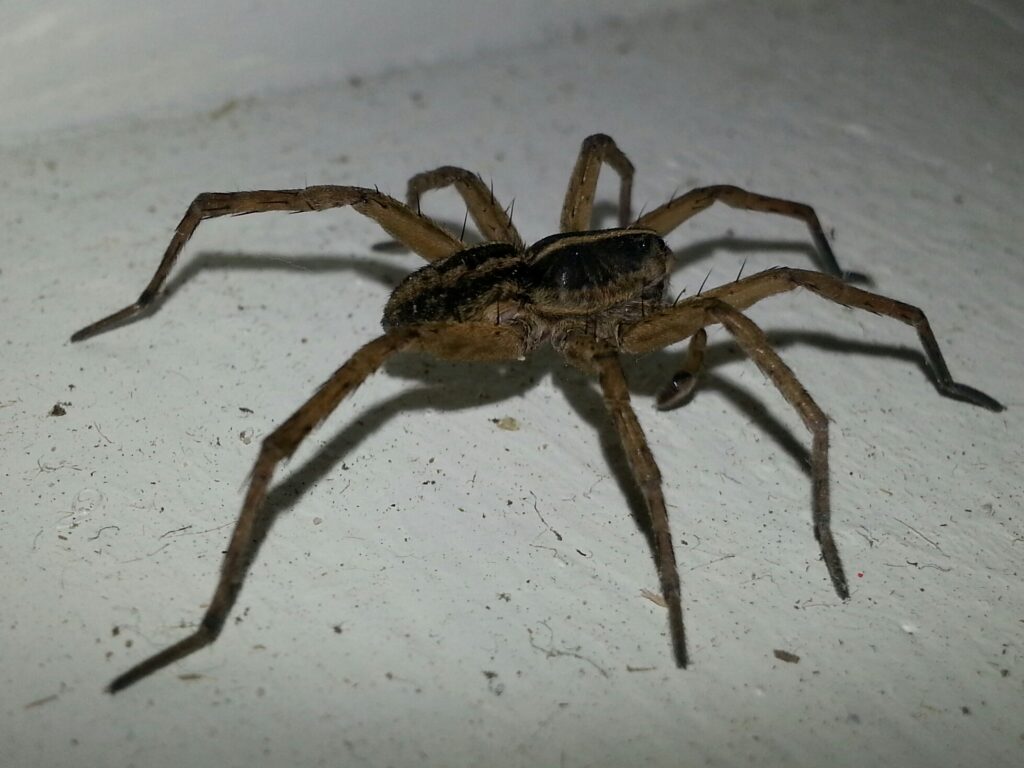 Pests like the hornet, wasp or bee may look similar at first glance but they all have different roles in the ecosystem. This article will go into more detail about each specie and why it is important to deal with a pest control problem properly. Take the wasp, for example, they are beneficial to our ecosystem, performing essential tasks such as pollination and insect control. While we may not want them in close proximity, we also don’t want to destroy them completely.
Removing a Wasp nest is a potentially dangerous task and approaching a professional pest control agency, such as Truly Nolen, is highly advisable. First let’s explore some of the most common wasp species found in Canada and the habitats they are most likely to choose for their nests.
Pests like the hornet, wasp or bee may look similar at first glance but they all have different roles in the ecosystem. This article will go into more detail about each specie and why it is important to deal with a pest control problem properly. Take the wasp, for example, they are beneficial to our ecosystem, performing essential tasks such as pollination and insect control. While we may not want them in close proximity, we also don’t want to destroy them completely.
Removing a Wasp nest is a potentially dangerous task and approaching a professional pest control agency, such as Truly Nolen, is highly advisable. First let’s explore some of the most common wasp species found in Canada and the habitats they are most likely to choose for their nests.
 Pests like the hornet, wasp or bee may look similar at first glance but they all have different roles in the ecosystem. This article will go into more detail about each specie and why it is important to deal with a pest control problem properly. Take the wasp, for example, they are beneficial to our ecosystem, performing essential tasks such as pollination and insect control. While we may not want them in close proximity, we also don’t want to destroy them completely.
Removing a Wasp nest is a potentially dangerous task and approaching a professional pest control agency, such as Truly Nolen, is highly advisable. First let’s explore some of the most common wasp species found in Canada and the habitats they are most likely to choose for their nests.
Pests like the hornet, wasp or bee may look similar at first glance but they all have different roles in the ecosystem. This article will go into more detail about each specie and why it is important to deal with a pest control problem properly. Take the wasp, for example, they are beneficial to our ecosystem, performing essential tasks such as pollination and insect control. While we may not want them in close proximity, we also don’t want to destroy them completely.
Removing a Wasp nest is a potentially dangerous task and approaching a professional pest control agency, such as Truly Nolen, is highly advisable. First let’s explore some of the most common wasp species found in Canada and the habitats they are most likely to choose for their nests.

